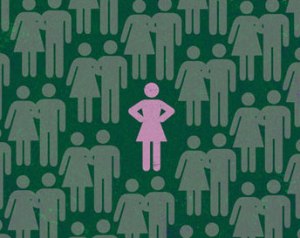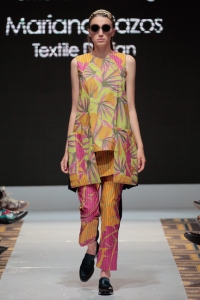You’ve no doubt heard the Supreme Court ruling that came yesterday, legalizing gay marriage in all 50 States. That’s not the only court decision this week that’s taken one small step for [gay] man, and one giant leap for mankind.
On Thursday, a jury in New Jersey found a group that offers gay conversion therapy guilty of consumer fraud. Based on claims that homosexuality is the result of repressed childhood abuse, the practice has been dismissed by medical groups, and deemed illegal for licensed professionals to carry out in the Garden State. The religious group being charged falsified the procedure’s rate of success, citing only anecdotal evidence and no real statistics. Attorney to the plaintiffs, David Dinielli, said, “This is a momentous event in the history of LGBT rights…the same lies that motivate gay conversion therapy motivate homophobia — that gay people are broken and need to be fixed.” Indeed this is a historic moment in the fight to end homophobic discrimination. However, I would venture to say this is a momentous event in the history of individuality.
In an article for The Cut titled, “Marriage Equality is a Win for Single People Too,” Rebecca Traister makes the point that in gaining access to the institution of marriage, the LGBTQ community is, “busting up the institution’s monopoly on adult life.” Citing statements written by Justice Anthony Kennedy, following the ruling, Traister argues that in acknowledging the right of gay Americans to partake in one of time’s oldest traditions, Kennedy shifts his disdain to a different group, making a pariah of single individuals. Kennedy writes, “[Marriage] embodies the highest ideals of love, fidelity, devotion, sacrifice and family,” and goes on to say that gay Americans should not be “condemned to live in loneliness.” However, the implication here is that in some way the lives of those who don’t, or can’t, marry are unfulfilled, despite evidence that they live, work, and love just as devoutly.
Whereas before yesterday, it was homosexuals who were barred from the federal benefits of marriage, the “ever-expanding population of independent adults,” may be the new face of marriage inequality. Bella DePaulo, an advocate for singles, cautions, “All those people who are single – whether gay or straight or any other status – will still remain second class citizens,” in reference to “tax breaks and legal dispensations and next-of-kin rights enjoyed by their married peers.” Traister goes on to admonish what marriage has traditionally stood for: “That hold was especially punishing for women, who needed marriage for economic stability, social standing, a sanctioned sex and reproductive life and who also saw their rights, opportunities and identities diminished within it.” In the advent of same-sex marriage, she claims, “The freedom to marry someone of the same sex is the freedom to not have to marry someone of the opposite sex.”
The long oppressed LGBTQ community have made tremendous leaps and bounds towards acceptance, especially as of late. I predict that their continued efforts towards ending prejudice will prove them to be not just crusaders for themselves, but for minorities, women, and any individual that defects what has been deemed “normal” in our society.



